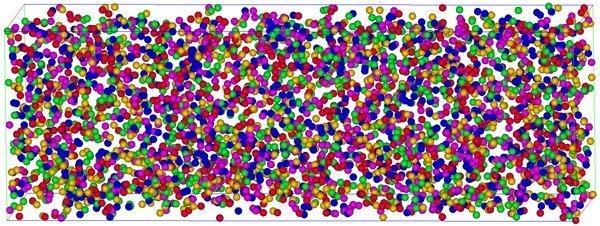In this project, we work on the use of a combinatorial experimental approach to design advanced multicomponent multi-functional alloys with rapid alloy prototyping. We use rapid alloy prototyping to investigate five multicomponent Invar alloys with 5 at.% addition of Al, Cr, Cu, Mn and Si to a super Invar alloy (Fe63Ni32Co5; at.%), respectively…


